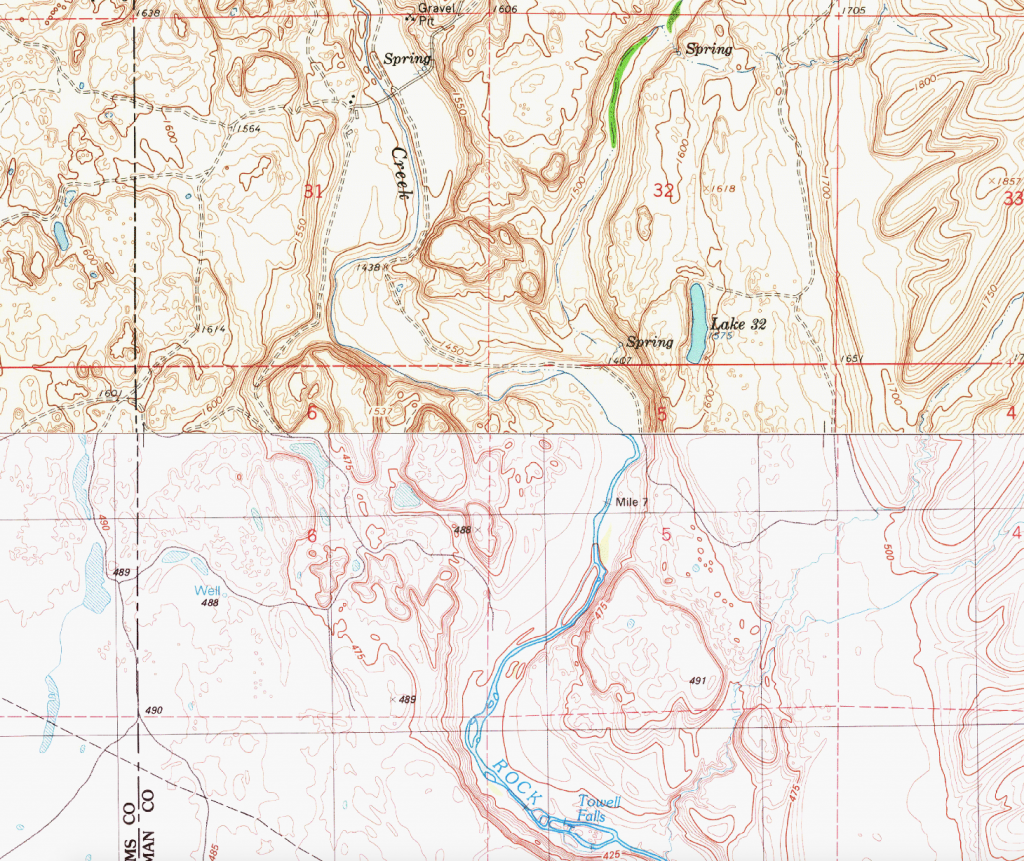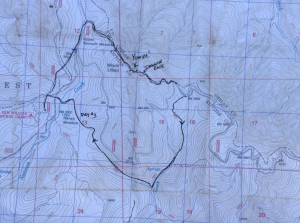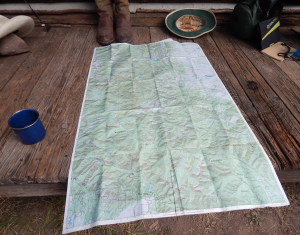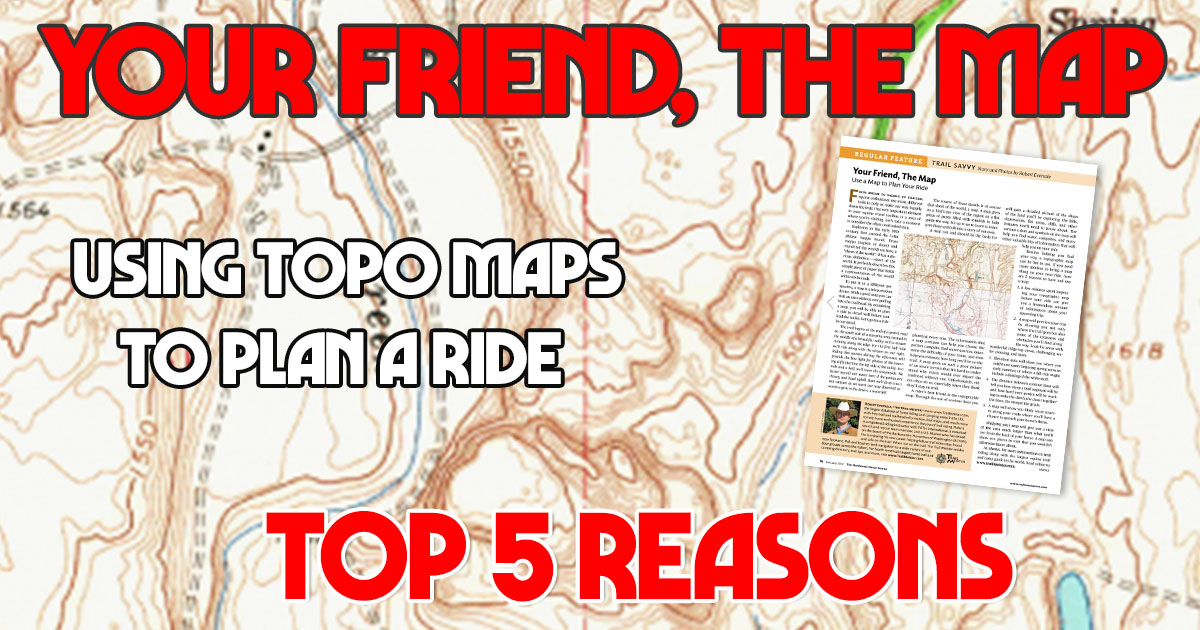Your Friend, The Map
As Published in The Northwest Horse Source Jan, 2017
From brush to saddle to trailer, equine enthusiasts use a lot of different tools to help us make our way happily down the trail. One very important element in your equine travel toolbox is a map of where you’re visiting. Let’s take a moment to consider the often-overlooked map.
Explorers in the early 16th century first created the Latin phrase “mappa mundi”. From mappa (napkin or sheet) and mundi (of the world) we have or “sheet of the world”. What a glorious definition; “sheet of the world”. It perfectly describes this simple piece of paper that holds a representation of the world within its bounds.
To put it in a different perspective a map is a teleportation device. With a good map you can visit an area without ever pulling into the trailhead. By examining a map, you will be able to plan a ride in detail well before you load the trailer. Let’s go for a ride in our mind.
A map’s story
The trail begins at the end of a gravel road on the south side of a camping area located in the middle of a broad flat valley with a stream running along the edge. For the first ½ mile we’ll ride along with the stream on our right. Riding this section during the afternoon will provide the best lighting for photos of the towering cliffs that line the left side of the valley. In a mile and a half we’ll leave the streamside, better top off our water here if the ponies are thirsty, and head uphill. Soon we’ll drop into a slot canyon as we work our way downhill towards a gem in the desert, a waterfall.

The source of these details is of course that “sheet of the world”, a map. A map gives us a bird’s eye view of the region on flat piece of paper filled with symbols to help guide the way. It’s up to us to learn to interpret these symbols into a story of our own.
A map can and should be the basis for planning every trip. The information that a map contains can help you choose the perfect campsite, find water sources, determine the difficulty of your route, and even help you estimate how long you’ll be on the trail. A map gives us such a good picture of an area’s terrain that it’s hard to understand why riders would ever depart the trailhead without one. Unfortunately, riders often do so, especially when they think they’ll stay on trail.
 A rider’s best friend is the topographic map. Through the use of contour lines you will gain a detailed picture of the shape of the land you’ll be exploring. The hills, depressions, flat areas, cliffs, and other features you’ll need to know about. The various colors and symbols on the map will help you find water, campsites, and many other valuable bits of information that will help you on your ride.
A rider’s best friend is the topographic map. Through the use of contour lines you will gain a detailed picture of the shape of the land you’ll be exploring. The hills, depressions, flat areas, cliffs, and other features you’ll need to know about. The various colors and symbols on the map will help you find water, campsites, and many other valuable bits of information that will help you on your ride.
Top 5 Reasons to use a topo map
Besides helping you find your way a topographic map can be fun to use. If you need more motives to bring a map along on your next ride here are 5 reasons to have and to use a map.
- A few minutes spent inspecting your topographic map before your ride can give you a tremendous amount of information about your upcoming trip.
- A map will preview your trip by showing you not only where the trail goes but also some of the treasures and obstacles you’ll find along the way. Areas with wonderful ridge-top views, challenging water crossing, and more.
- Elevation data will show you where you might encounter lingering spring snow in early summer, or where a fall ride might include a dusting of the white stuff.
- The patterns of the contour lines will tell you how steep a trail segment will be and how hard your ponies will be working to make the climb.
- A map will show you likely water sources along your route where you’ll have a chance to quench your horse’s thirst.
 Studying your map will give you a view of the area much larger than what you’ll see from the back of your horse. A map can show you places to visit that you wouldn’t otherwise know about. As always for more information on trail riding as well as the largest equine trail and camp guide in the world www.trailmeister.com.
Studying your map will give you a view of the area much larger than what you’ll see from the back of your horse. A map can show you places to visit that you wouldn’t otherwise know about. As always for more information on trail riding as well as the largest equine trail and camp guide in the world www.trailmeister.com.


